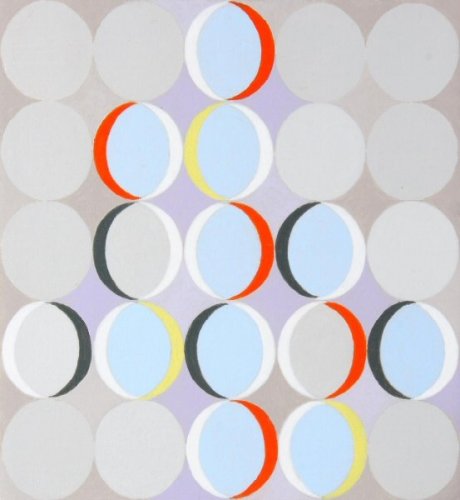
If you're going to be in Belgium this next month, you'll want to see Stefan Anneral's works in a Group Show at the Kusseneers Galerie.
The Opening is Thursday, May 7th at 6pm.
The Show runs till June 27.
We've featured the work of Stefan before in posts in January of this year and April of '08.
You'll absolutely want to visit his Web Site and view all the luscious jewels he creates. His paintings are wonderful to look at, and into.

The Opening is Thursday, May 7th at 6pm.
The Show runs till June 27.
We've featured the work of Stefan before in posts in January of this year and April of '08.
You'll absolutely want to visit his Web Site and view all the luscious jewels he creates. His paintings are wonderful to look at, and into.
Galerie Kusseneers
De Burburestraat 11
De Burburestraat 11
2000 AntwerpBelgium
Ph. + 32 (0)3 257 24 00

Looks like a great Exhibit with plenty of viewing room.





















